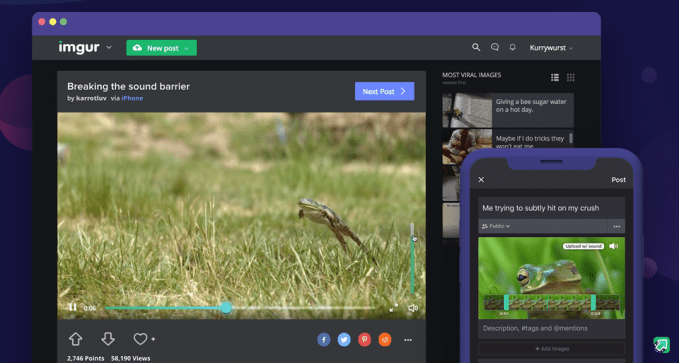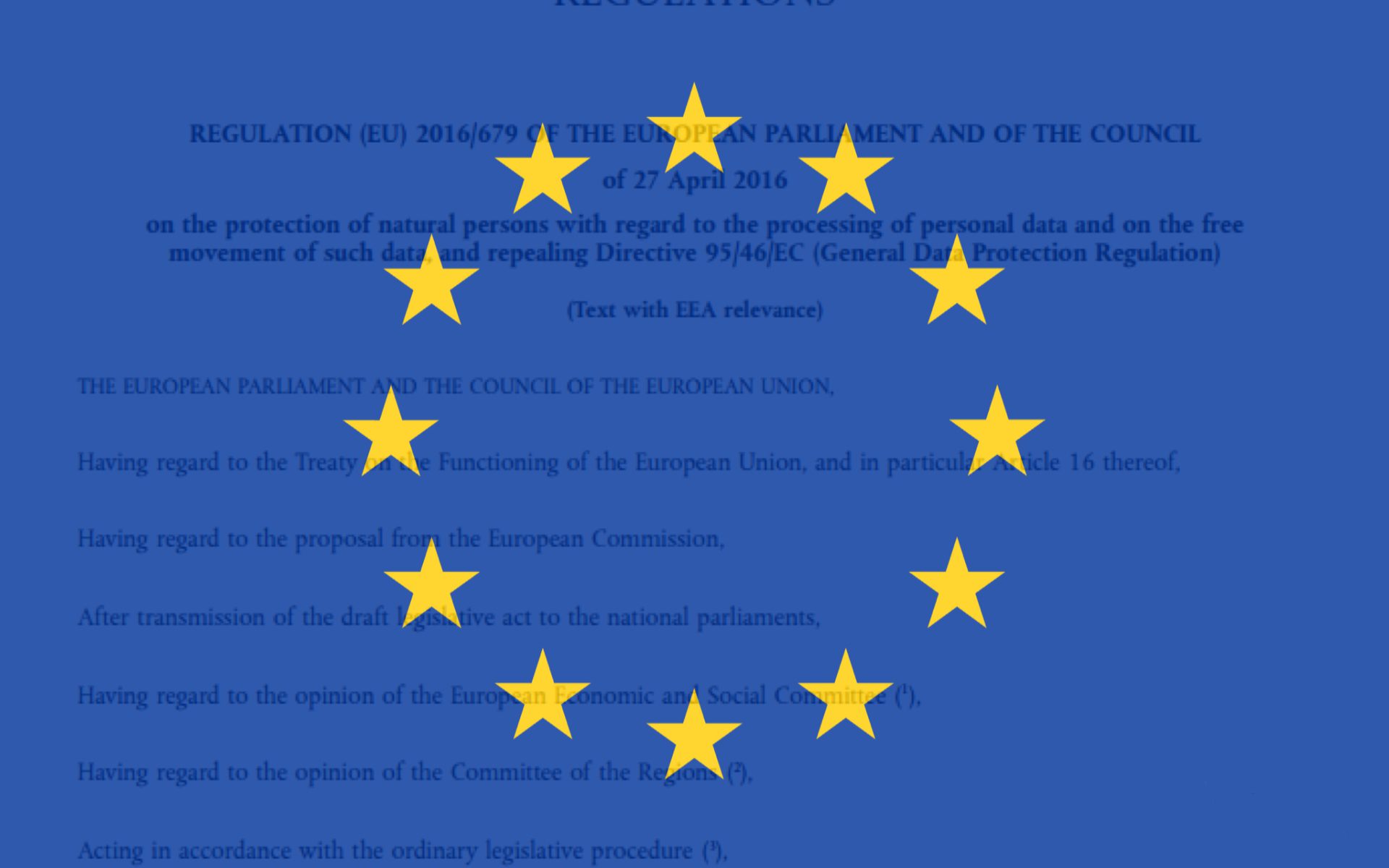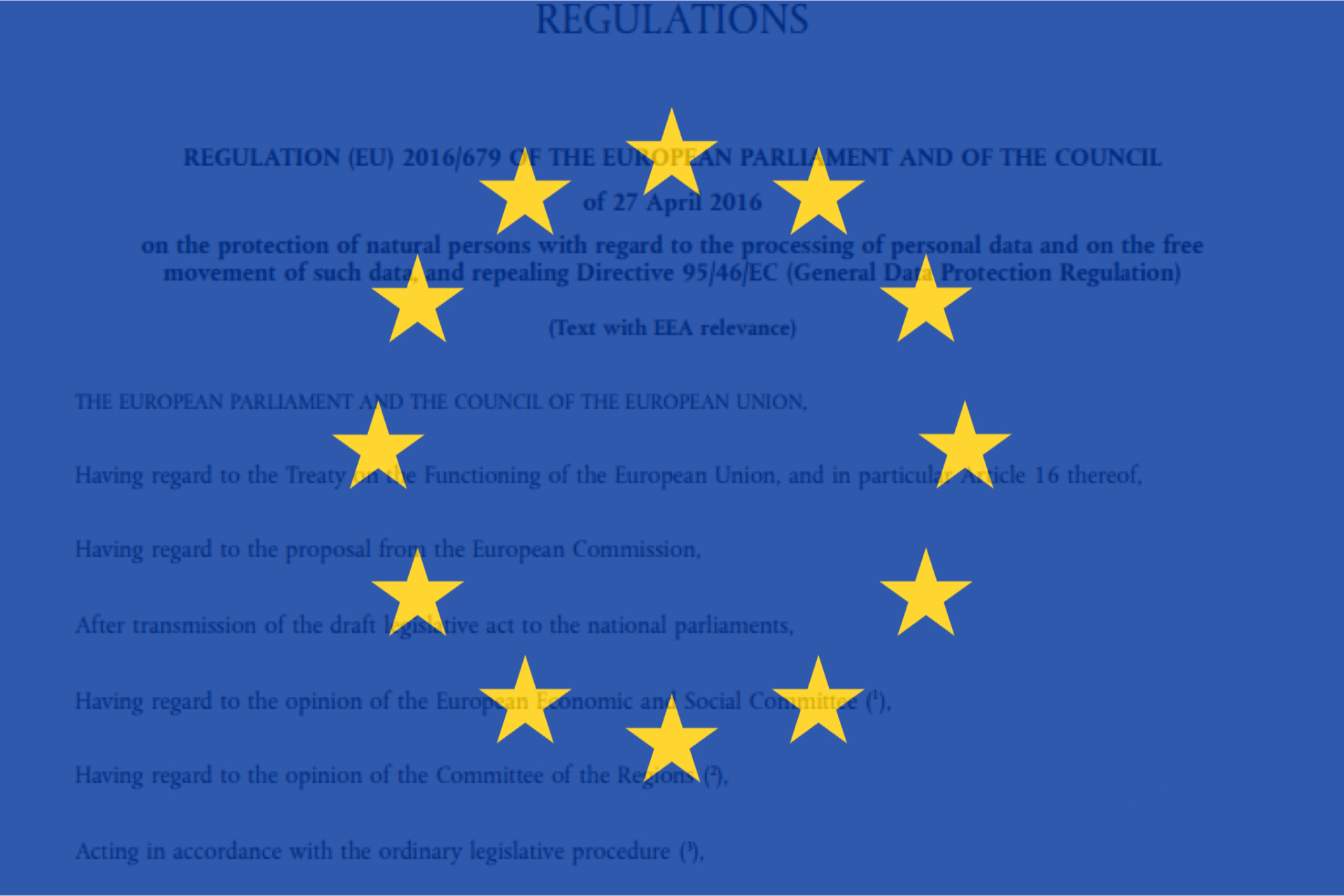On Friday, the Federal Communications Commission sent a letter to Amazon CEO Jeff Bezos and eBay CEO Devin Wenig asking their companies to help remove the listings for fake pay TV boxes from their respective websites. These boxes often falsely bear the FCC logo, the letter informed, and are used to perpetuate “intellectual property theft and consumer fraud.”
With the rise in cord cutting, a number of consumers have found it’s just as easy to use a software app like Kodi on a cheap streaming media device to gain access to content – like TV shows and movies – that they would otherwise miss out on by dropping their pay TV subscription. As an added perk, various software add-ons enable consumers to stream movies still in the theaters, too. It’s an easier way to access pirated content than visiting The Pirate Bay and downloading torrent files.
While Kodi’s open source software itself doesn’t facilitate piracy, through a number of downloadable add-ons, it’s relatively easy for consumers to figure out how stream pirated content thanks to online tutorials and YouTube videos.
It’s not clear if people know that they’re doing something illegal, or just don’t care because there are seemingly no repercussions related to their behavior.
Amazon, Netflix and major Hollywood studios have gone after these box makers through the court system already. In January, for example, a U.S. District Court judge handed down a preliminary injunction against TickBox TV, a Georgia-based set-top box maker that was profiting from the sale of its so-called “Kodi boxes.”
Columbia Pictures, Paramount Pictures, Disney, 20th Century Fox Film, Universal Pictures and Warner Bros. were also plaintiffs in that case, along with Netflix and Amazon.
Amazon and eBay also proactively remove devices facilitating piracy from their websites, the FCC acknowledged in its letter.
Amazon, for example, prevented the sale of “tens of thousands of unlawful devices” through its “automated proactive detection, preventative investigations, and notices of infringement from rights holders,” the letter stated. Ebay, meanwhile, also removes devices reported as infringing and removes those that say things like “never pay another cable bill” or “fully loaded” in their descriptions.
But the FCC wants the companies to do more, and faster, it seems.
“Unfortunately, despite your good work in this area, devices continue to make it to consumers through your website,” writes FCC Commissioner Mike O’Rielly. “Many of these devices contain harmful malware that will most certainly be passed on to the consumer. Moreover, the consumer may unwittingly believe that the device is lawful since they were able to purchase it from a legitimate company.”
The FCC is additionally concerned because many devices use the FCC logo to aid in their attempt to defraud consumers.
It notes that nine set-top box distributors were referred to the FCC in October for streaming pirated content, and seven of those displayed the FCC logo even though there was no record of their compliance with the commission’s requirements.
The letter specifically asks both Amazon and eBay to step up their enforcement, by “swiftly removing” devices the FCC alerts them to; it also asks the companies to provide the FCC with information about the manufacturers, distributors, and suppliers, when requested.
The move not only pushes Amazon and eBay to more quickly and thoroughly cooperate with the FCC, it also serves as a warning about the U.S. Government’s plan to further its crackdown on these fake pay TV boxes.
Of course, there’s a bit of irony here regarding Amazon’s participation in this fight – its Amazon Fire TV Stick, or “firestick” as consumers tend to refer to it, is one of the most popular devices out there today for enabling piracy.
People either buy the “firestick” themselves and install Kodi and various add-ons or they buy a slightly more expensive, hacked firestick from a local reseller who’s hawking them on under-the-radar backchannels, like Facebook Groups or online message boards. The hacked firestick is set up with Kodi pre-installed and the various add-ons for free streaming already configured. (A search for “kodi box” on Amazon.com also returns the Fire TV Stick and Fire TV as the top two results thanks to ‘sponsored’ placements by Amazon. Hmmm.)
The U.S. is not alone in its Kodi box crackdown. Recently, business owners in Wales who sold fully-loaded Kodi boxes were sentenced to prison, for example, and its courts have ruled Kodi boxes illegal before. Canada has gone after websites that enable piracy through Kodi, as well.
In response to the letter, eBay says it plans to cooperate with the FCC:
“We’re committed to working in collaboration with the FCC to prevent the sale of these illegal products. As outlined in the letter, eBay utilizes a variety of measures to prevent these products from being sold on our platform. These include proactive filtering and manual site reviews to identify illegal products, as well as taking action on direct referrals received from the FCC. We look forward to continuing to work in partnership with the FCC to keep these illegal products off our site.”
Amazon has not yet responded to a request for comment.
Amazon has shared its statement, which was written in its own letter to the FCC.
(h/t: FireceCable)

Source: Tech Crunch




 Starting today, everyone can watch videos on
Starting today, everyone can watch videos on 



